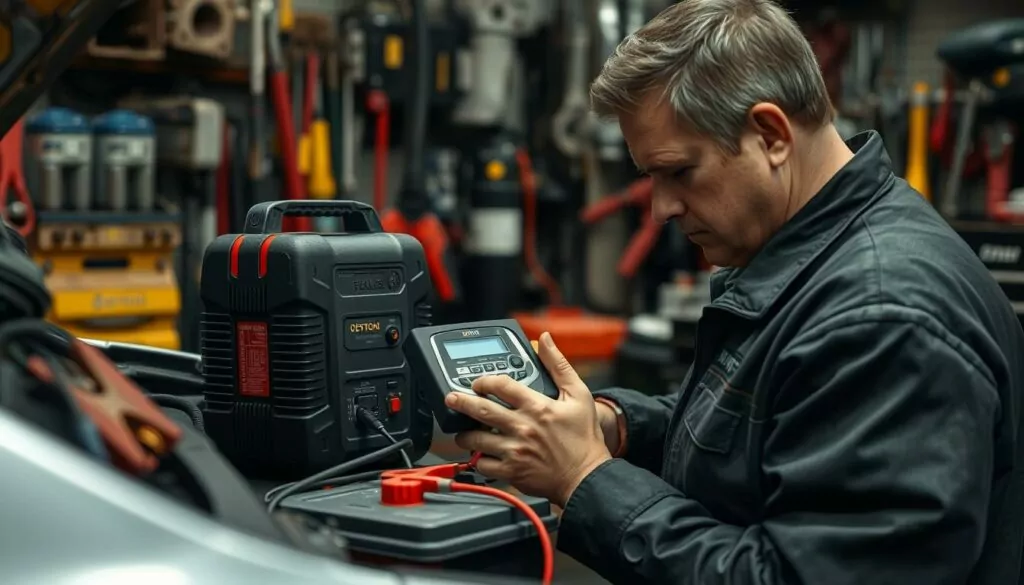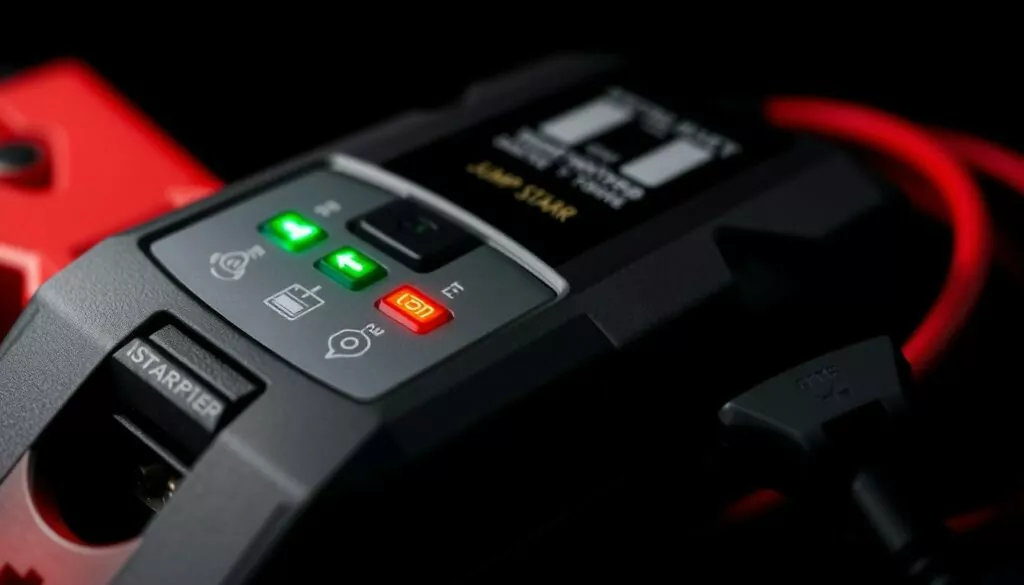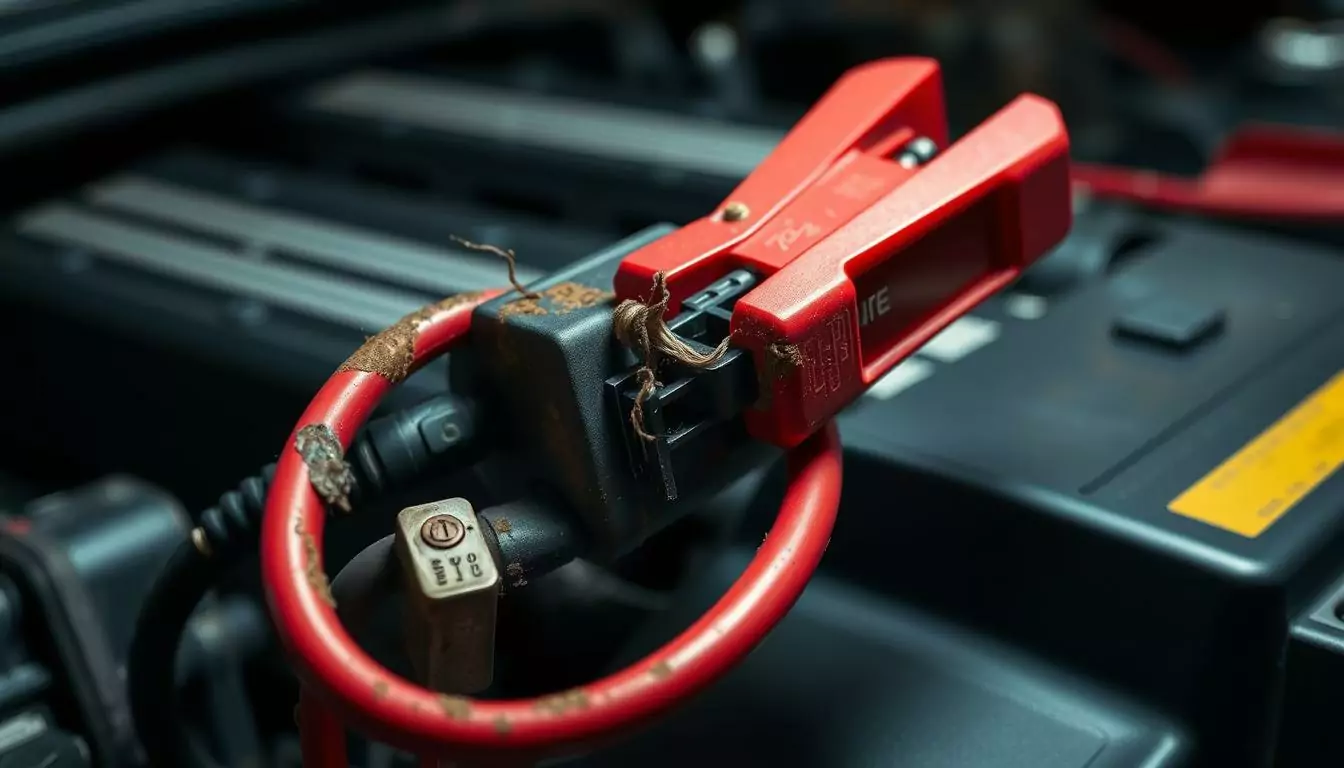We’ve all been there: you’re already late, you jump into your car, turn the key—and nada. Dead battery. Ugh! A jump starter is your trusty sidekick in moments like these, but what happens when it decides to take a nap? Don’t worry—I’ve got you covered. Let’s dive into the most common jump starter problems and simple fixes to save your day!
What’s a Jump Starter, Anyway? A Quick Peek Under the Hood
Picture your jump starter as a mini superhero. When your car battery’s down for the count, it swoops in with a burst of power to get things rolling. Most modern jump starters use lithium-ion batteries—small but mighty, packing 400-600 amps of juice. Pretty cool, right?
Then there are the jumper cables—those beefy wires with clamps that latch onto your battery like a lifeline. Plus, you get safety perks like overcharge protection, short-circuit prevention, and reverse polarity safeguards. Oh, and those USB ports for charging your phone? Total bonus!

Spotting Trouble: Signs Your Jump Starter’s Acting Up
Why Won’t My Jump Starter Charge?
So, your jump starter’s refusing to juice up? Bummer. The battery pack might be worn out, or the charger could be the culprit. Grab a multimeter to check the voltage—if it’s too low, that’s your hint. Also, peek at the cables. Frayed wires or rusty terminals can sneakily mess things up.

Quick Fixes to Try:
- Measure the battery voltage with a multimeter.
- Look over the charger for cracks or wear.
- Clean the terminals with a brush—get rid of that grime!
- Still no luck? Swap in a different charger.
No Power to Your Car? Let’s Troubleshoot
If your jump starter’s not reviving your ride, don’t panic. First, make sure it’s fully charged—seems obvious, but you’d be surprised! Next, check those connections. Loose clamps or a bit of rust can ruin everything. Also, some cars are thirstier for power—double-check your jump starter matches your vehicle’s needs.

- Test the voltage output with a multimeter.
- Plug something small—like your phone—into the USB to see if it works.
- Watch the LED lights; they should stay steady when in use.
| Symptom | What Might Be Wrong | Fix It Fast |
|---|---|---|
| No power at all | Battery’s drained | Charge it up fully |
| Weak kick | Old battery pack | Time for a new one |
| Power’s spotty | Bad cables or connections | Clean or replace them |
Too Hot to Handle? Cooling Down Overheating Issues
An overheating jump starter isn’t just a hassle—it’s a safety risk. Maybe you’ve used it too long, or something inside’s gone wonky. Either way, act fast. Let it chill out between jumps, and keep it away from scorching sun or freezing cold. Good airflow’s your friend here!
- Don’t overcharge—stick to the manual’s advice.
- Store it somewhere cool and dry, not your blazing-hot trunk.
- If it keeps getting toasty, call in a pro ASAP.
No Lights, No Action? Fixing Dead Indicators
Those little indicator lights are like your jump starter’s heartbeat. If they’re dark, it’s time to play detective. Charge it up fully, then check inside for loose wires or a blown fuse. A quick tweak might bring it back to life!

| Maintenance To-Do | How Often? |
|---|---|
| Check the battery charge | Every 3 months |
| Clean and inspect cables | Every 6 months |
| Quick look before use | Every single time! |
Beat Up Cables? Here’s How to Fix ’Em
Spot some frayed cables or crusty connectors? That’s a big nope! A fast glance can save you from a roadside meltdown. For light corrosion, whip up some baking soda paste and scrub it clean. If the damage is bad—like burnt wires—it’s replacement time.
- Baking soda paste is magic for mild rust.
- Smell something burnt? Swap those cables now.
- Tighten loose connectors or replace them if they’re toast.
Weather Woes: Surviving Winter and Summer
Your jump starter hates extreme weather as much as you do. In winter, cold saps its power—keep it charged up to fight back. Summer heat? It’ll cook the battery fast. Never leave it roasting in your car!
| Seasonal Tips | Watch Out For |
|---|---|
| Winter: Keep it warm and charged. | Power drops in the cold. |
| Summer: Store it out of the heat. | Heat wrecks batteries quick. |
Your Go-To Jump Starter Maintenance Checklist
- Monthly: Check the charge and test the voltage.
- Every 3 months: Inspect cables for wear and tear.
- Twice a year: Clean terminals to stop corrosion.
Your Jump Starter Questions, Answered!
Can I Take It on a Plane?
You bet! But check with your airline first. Most allow lithium-ion jump starters in carry-on bags only—safety first!
How Long Will It Last?
A well-cared-for lithium-ion jump starter hangs around for about three years. Lead-acid ones might last longer but weigh a ton.
It Got Wet—Is It Done For?
If it’s just a splash, dry it out completely before using it. Submerged? Sorry, pal—it’s probably a goner.
I Mixed Up the Connections—Did I Break It?
Relax! Most have reverse polarity protection and will just beep at you. Check the manual to be sure, though.
Will It Work on My Electric Car?
Nope, EVs need special gear. Regular jump starters won’t cut it for those high-tech systems.
